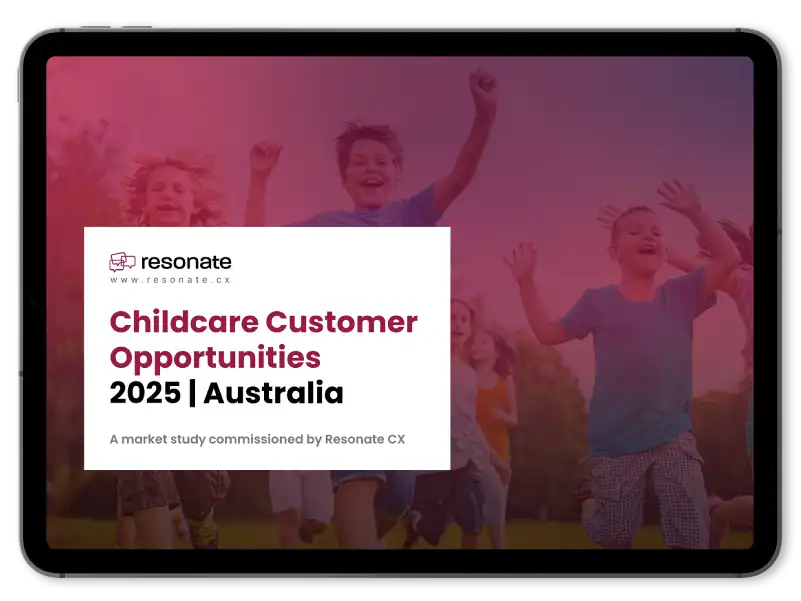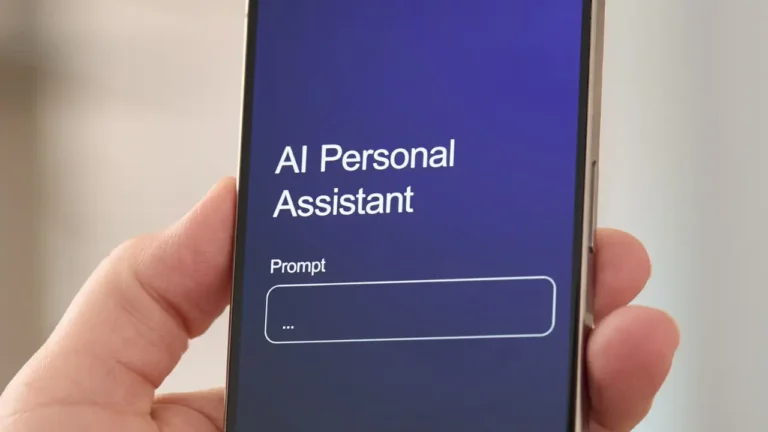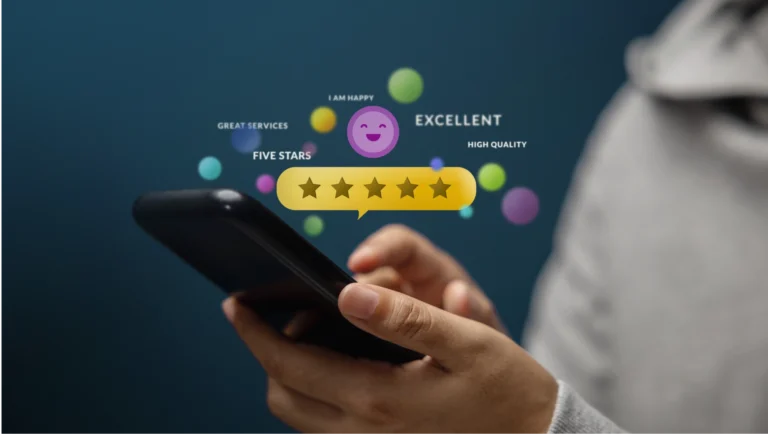TLDR:
- 65% of shoppers are willing to increase basket size if CX expectations are met, with 21% highly responsive—making optimized experience a direct revenue lever.
- Great CX now means “value-plus-convenience”, shifting customers’ priorities from price alone to seamless shopping.
- Improved delivery experience is a deal‑breaker, with shoppers expecting flexible options, speed, and transparency .
- Quick UX fixes—like optimizing site speed and checkout steps—convert more sales with minimal effort .
- To close experience gaps, retailers should map the full customer journey, identify pain points, and prioritize high-impact fixes.
Retailers in Australia now face a different business landscape from that of even just a few years before. Evolving shopping trends, intensified competition, cost of living pressures, to name a few, all mean optimising the customer journey has never been more essential.
According to Resonate CX’s Current State of Omni-Channel Retail Consumer Research Report 2025 ANZ, Australian retailers are still leaving revenue on the table because of easily preventable gaps in the retail experience. This customer experience research is based on insights from ~1000 respondents and provides a detailed view of where and why shoppers abandon their carts or fail to increase their basket sizes. The research accounts for everything from delivery preferences to the role of communication in minimising abandonments.
The report goes well beyond simple price considerations and takes a deeper look into how customer experience drives conversions. The insights from the study cover both in-store and online customers and may help Australian businesses better understand the overlooked connection between customer experience (CX) and conversion rates.
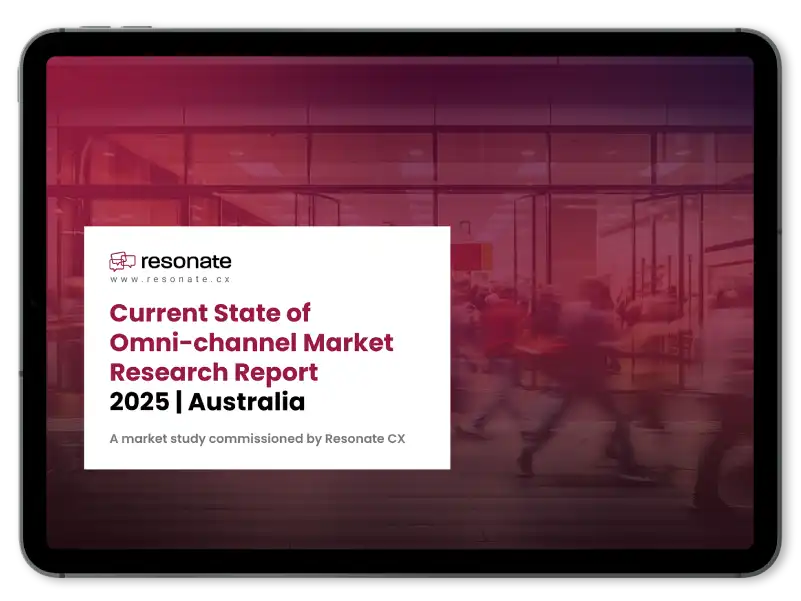
Omni-Channel Market Research Report 2025 | Australia
See how omni-channel approaches are reshaping insights in Australia.
How Customer Experience Influences Basket Size
A seamless shopping experience does more than just prevent bad reviews. The data suggests that good CX is directly related to purchase volume.
Resonate CX’s findings reveal that 65% of all surveyed shoppers show moderate (44%) to high (21%) willingness to increase their basket size if their CX expectations are met. The high-willingness segment (21%) is particularly responsive, indicating a major opportunity for retailers who can effectively nurture their revenue potential.
This behaviour aligns with broader consumer shopping behaviour trends that show a shift from “value-only” decisions to “value-plus-convenience”. For Australian shoppers, a great CX is often defined by:

41%
Secure transactions

33%
Simple returns

31%
Easy navigation
Retailers that offer these experiences are likely to see an increase in basket sizes. Identifying key high-willingness shoppers and tailoring seamless experiences around what matters most to them (such as fast refunds, intuitive navigation, or clear stock visibility) may help nurture their loyalty and create a direct pathway to bigger basket sizes and greater revenue.
The Top Reasons Shoppers Abandon Carts: In-Store VS Online
Basket size potential doesn’t always translate into completed transactions. Across both physical and digital touchpoints, gaps in the experience remain a persistent challenge.
While price is the biggest concern for in-store buyers, customers also want ease and clarity. For online cart abandonments, things are a little different. Cost remains the top concern, with high delivery fees being the main reason for abandoning a purchase. Other concerns did not rank nearly as high.
In-store
|
Price |
57% |
|
Customers cannot find what they need |
48% |
|
Needed item is out of stock |
47% |
|
Finding better deals elsewhere |
29% |
Online
|
High delivery fees |
54% |
|
Finding better deals elsewhere |
26% |
|
Long delivery times |
25% |
|
Item availability |
24% |
Abandonment can further increase if follow-up communication isn’t up to customers’ expectations. Up to 60% of customers find follow-up communication ineffective, possibly signalling a need for clearer communication. Fortunately, communication is something retailers can control.
These figures show how shopping behaviour is easily derailed when the in-store journey feels inefficient or overwhelming. Whether one is discussing online or offline sales, these retail shopping trends reflect a growing demand for immediacy and transparency in the buying process.
The data suggests that even willing customers will abandon purchases if they encounter confusion, delays, or a lack of support during their journey. In other words, retailers should prioritise clarity through better wayfinding, accurate stock updates, or other seamless experiences at key decision points. Likewise, clear return policies and transparent communication can reinforce trust and prevent last-minute drop-offs.
Easy Wins: How to Reduce Abandonment and Boost Conversions
Fortunately, many in-store abandonment triggers are fixable. In both online and in-store retail, addressing visibility and availability issues should keep customers from going elsewhere and drive conversions. In physical stores, better signage and staff training can make the biggest difference. For online channels, reliable information on stocks and availability is a must for keeping customers on the path to conversion.
Returns are another critical friction point and it has major revenue implications. The data shows that 43% of shoppers consider the returns process very or extremely important when deciding to add multiple items to their basket. What’s more, a combined 57% of high-value Basket Boosters are willing to pay extra for an ideal return experience, one that prioritises fast refunds, zero restocking fees, and prepaid shipping. This makes returns not just a cost center, but a conversion lever. (PDF p. 37)
In all cases, aligning communications with actual customer shopping behaviour can turn missed opportunities into meaningful wins. With that in mind, following up after cart abandonment should be more than just a generic reminder email. Offering timely updates about restocked items or faster delivery times can give customers the nudge they need to complete a purchase.
Delivery Experience: The Dealbreaker You Might Be Overlooking
Retailers often underestimate how much delivery influences purchase decisions. While 60% still prefer home delivery, their expectations for these services have grown significantly. Speed, cost, tracking, and flexibility are no longer nice-to-haves but, rather, they are non-negotiable for today’s shoppers. According to the report, 75% of shoppers will switch to in-store shopping if delivery takes more than five days (PDF pp.25-28).

It’s helpful to take a step back to consider how shopping behaviour has evolved. “Convenience” no longer simply means being able to receive packages at home, but it now also includes control over how, when, and where the package arrives.
What Do Customers Find Important in Delivery Services?
This new understanding is reflected in what respondents found important in deliveries. As expected, cost comes out on top. However, other factors were also rated highly.

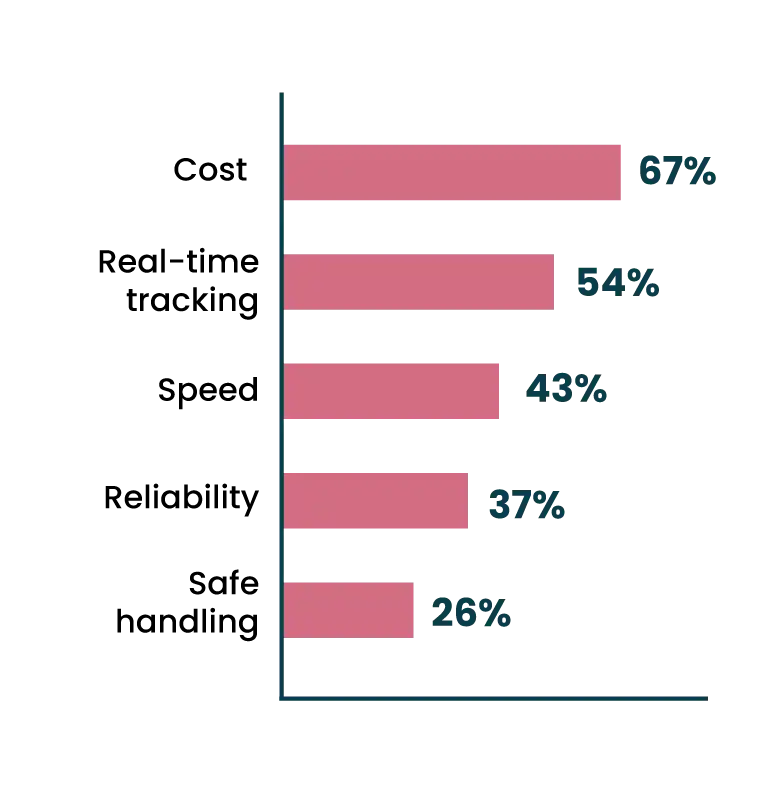
These figures suggest that while price sensitivity remains a major factor, consumers are now valuing the overall quality and transparency of the delivery experience more than they used to. For retailers, improving in non-cost areas like offering timely updates, ensuring consistent handling, and narrowing delivery windows can build trust and drive repeat purchases.
Click and Collect: Underperforming or Undervalued?
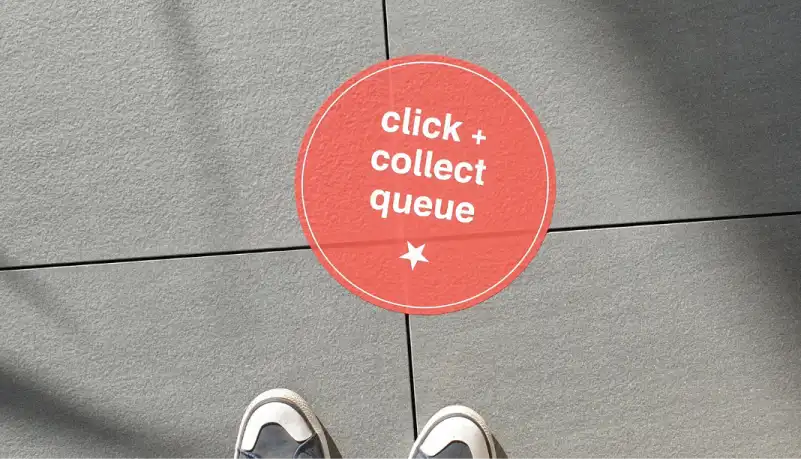
Click-and-collect services were once seen as the next big thing in omnichannel retail. Yet today, only 16% of consumers prefer it over other delivery methods, and its perceived importance remains divided. A handy majority of 56% rate it as important, while 44% do not (PDF pp. 24–26).
These figures underscore the polarised perception of this feature’s value. To improve uptake, retailers must rethink how their existing click-and-collect services are integrated into the overall customer journey. Rather than abandoning click-and-collect altogether, the better move may be to ensure consistent communication, more reliable fulfilment, and optional upgrades like easy add-ons at pickup. This can reposition click-and-collect from being a clunky compromise to something buyers would like to do over and over again.
Conclusion: How to Close the Gaps and Drive Growth
Retailers looking to thrive in 2025 must confront a simple truth: the “little things” that drive CX can no longer be ignored. Far from being trivial, areas like basket building, cart abandonment, and delivery preferences are all critical for driving growth through conversions. Going even deeper, ignoring these areas can even be symptoms of a deeper misalignment with the expected customer experience behaviour.
Fortunately, fixing these gaps doesn’t require anything extraordinary. In many cases, the solution is already available. Providing good logistics, transparent communication, thoughtful touchpoints, and seamless transitions from browsing to buying should already help keep your conversions right where you want them to be.


